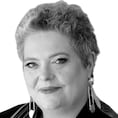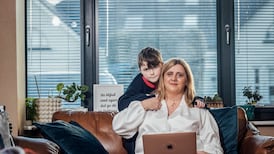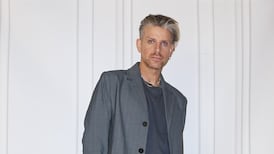It's not every day you meet someone who has uttered the words "Houston, we have a problem" for real. "I've used it many times," says Chris Hadfield, squeezing his lemon and ginger teabag into a cup, and launching (sorry) into a brief description of some of the hairier incidents on board the International Space Station (ISS), which he commanded in 2013.
On that trip, four days before landing back on Earth, the astronaut had to do an emergency spacewalk because the station was leaking its main cooling system. On another occasion, he was rendered temporarily blind by a rogue drop of cleaning fluid in his space helmet as he clung to the outside of the ISS. Both times he was straight on the blower to “Houston”, so ground control could help him figure out the problem.
“It’s not something you ever want to have to say down the radio,” says the 60-year-old, who has had three missions and logged a total of 4,000 hours in space. “Life is nothing but problem-solving. And the real question is, did you get prepared for them or not?” he says. The shorter version of this mantra he learnt at Nasa: “Prepare for the worst, and enjoy every moment of it.”
He has been preparing for most of his life. The Canadian was nine on July 20th, 1969 when he gathered around the TV with his family to watch Neil Armstrong and Buzz Aldrin walk on the moon. He writes in his bestselling book An Astronaut’s Guide to Life on Earth that he knew from that night what he wanted to do with his life: “I was going to follow in the footstep so boldly imprinted just moments before . . . I wanted to be an astronaut.”
"The current major threat isn't asteroids or solar flares. It's us"
He grew up with his parents and five siblings on a corn farm not far from Toronto airport where his father was an airline pilot. Hadfield’s impossible-sounding childhood dream provided a clear direction for his life. In the absence of any concrete career path for a nine-year-old spaceman-in-waiting, he had to imagine what an astronaut would do if he were nine, then do exactly the same thing. “Would an astronaut eat his vegetables or have potato chips instead? Sleep in late or get up early to read a book?”
All these choices led to a career in the Canadian army and later the US air force, as a fighter pilot and test pilot. Along the way he married Helene, who he met when he was 14, and had three children while working, training, studying and waiting for the job ad of his dreams to appear. It eventually did in January 1992: “Wanted: astronauts.” There were 5,329 applicants, and after what must be the most rigorous application process in the world, four people – including Hadfield – were selected.
Hadfield – or @cmdr_hadfield as his more than two million Twitter followers know him – says he is happy to be back in Ireland where he's been guaranteed the warmest of welcomes since 2013, when he tweeted a picture of a glowing Dublin from the International Space Station, with the words "Tá Éire fíorálainn! Land of green hills dark beer." His daughter Kristin was studying for her PhD in Trinity College at the time.

To say the country felt seen after that tweet is an understatement. And in the joyful reactions on social media and news reports, it turned out we weren't alone in being thrilled by the idea of our place being photographed and praised by an astronaut from 350km above us. When Hadfield asked his Twitter followers what they wanted him to take photographs of from space, the vast majority of people across the world replied with the name of their home town.
At first he thought this answer was a bit “myopic, a bit cute”, but he came to find it “instructive”. “That answer came from every place on the whole planet. That helped me think about each picture I took . . . every single one of those people down there is proud of living there. But they also want to know how does this fit in with everything else? And so that sense of the commonality, of the human experience and the fact that the things that unite and join and we share so radically far outstripped the things that divide us. And yet if you turn on the TV at six o’clock, all we talk about is the little tiny, imaginary things that divide us. It’s a lot easier from the perspective of someone going around the world every 90 minutes to notice the stuff that is common.”
‘Eternity of time’
We meet in a hotel in Dublin 4. Hadfield, a frequent visitor, has returned to Ireland to front the Brighter Energy Programme for Electric Ireland. The campaign with the hashtag #BrighterTogether is designed to help people make small changes to reduce their energy usage. Hadfield says he wanted to get involved because of his experience in space, and how it helped him to understand how our planet works.
“Operating a spaceship,” he says, “you became intensely aware of how you are staying alive. How is power being generated? How is our waste being taken care of? . . . You live inside the machine that keeps you alive. And as you are orbiting the world you tend to notice that the same thing is happening on the planet next to you.”
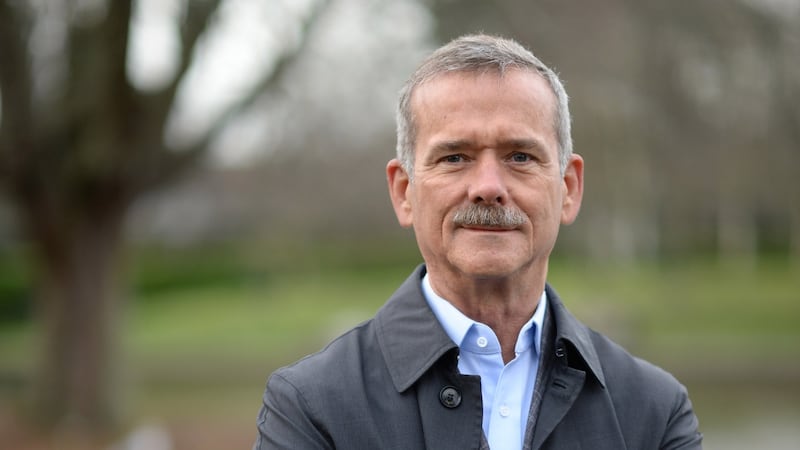
The other thing he says you get a sense of being in space is what he calls “the eternity of time”. “You don’t get a normal sense of that in a daily life. To think that the Earth has been here four and a half billion years . . . to try and visualise that is almost impossible.” And yet on his final trip to space, when he spent six months on the ISS, his experience helped him to come closer to understanding the vastness of the Earth’s existence.
“You could see our planet as it changed, as it went from one side of the solar system to the other, halfway around the sun in six months while we were going around the world 16 times a day. You could actually watch winter and summer change ends on the world.”
Over that six months, he realised what he was really watching was “the natural cycle of our planet. I watched the snows go from the north to the south, it allowed me to understand the world going” – he breathes out noisily – “what I was watching was one half of one breath out of four and a half billion breaths . . . ”
And then he says something that parents with climate-anxious kids, or indeed grown adults with end-of-the-world anxiety might want to print out and stick up on their kitchen wall: “The world is naturally self-healing. The world has been through some horrific cataclysms in the past. Tremendous asteroid bombardments . . . but also huge electro-magnetic pulses from the sun and wicked volcanic eruptions that have lasted a million years. And yet somehow we’re still here. And life has been continuous for four and a half billion years so you become very aware of the Earth as a closed environmental system that has taken some horrific blows and still continued to recover.
"The most experienced astronaut in American history is a woman . . . Peggy Whitson has done 10 spacewalks"
“The current major threat isn’t asteroids or solar flares. It’s us. Our population has been so successful, and we are modifying the environment so significantly, that we are changing the chemistry of the atmosphere so it doesn’t let the sun’s energy get back out to space so we are warming the planet measurably. But it’s not an unsolvable problem ... it’s not irreversible, and the world has seen much, much worse.”
‘Space was never uncool’
Down the road at the RDS as we talk, the Young Scientists exhibition is taking place. Two-thirds of the projects featured this year concern the climate crisis. But nobody of any age should come running to Chris Hadfield telling him the world is ending, or that we are ruining the planet. He's not having it.
“People tell me that all the time. That’s a huge amount of self-aggrandising and self -importance and being Chicken Little. It doesn’t belittle the actual problems. It does maybe absolve people of their personal responsibility of how they want to deal with it.”
I can’t help wondering if, with Chicken Little (“the sky is falling in”), he’s referencing Greta Thunberg. But he says he is “supportive” of her ideas and contribution, while cautioning that “she doesn’t have all the answers, and not very much life experience”.
His point is you don't have to look very far into the past to see problems facing humanity are not new. He mentions famines. World wars. Polio. Small pox. "To think that somehow this is the only time in history we've faced a huge, life threatening problem, and somehow all the other ones were solvable, but this one isn't? We're just losing perspective. This seems really, really serious because we're the ones who have to deal with it."
So how do we deal with it?
He says we have to "live with the power as it's being generated right now", or "dance with the partner who brought you". Even if the long-term goal might be to change power supply away from traditional sources like coal and oil so that everything is renewable, that will still take decades.
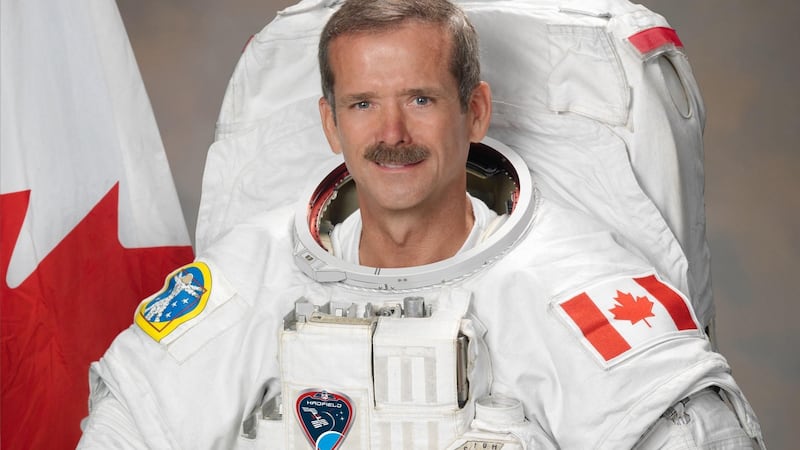
“So how do you address the problem on a real-time basis now? That’s why I was I was happy to get involved with Electric Ireland. You talk to consumers . . . it’s up to each person to ask: What am I doing? What are my family doing? Can you maybe change how you’re operating your own household so that either you’re burning less energy or you’re burning energy in a way that has less of an environmental impact?” Informed consumers making smart choices is the way forward, he insists.
Astronauts, he says are “patient, tolerant and have a strong work ethic”, and often end up being incorrigible optimists because, he says, they’re “realistic. Our optimism is not Pollyanna-ism, it’s not based on hope. It’s based on the reality of the toughness and resilience of the world.”
This glass-half-full rocketman has been described as the most social media- savvy person ever to leave Earth, and the man who made space cool again: “Space was never uncool,” says Hadfield. (It’s hard to tell, but his universally famous retro moustache could possibly be bristling at the suggestion.)
He credits his son Evan for helping him understand and harness the power of the various platforms. “He knew how important it was to communicate the beauty and magic of space to people, and to make it relevant,” he says.
There was that zero gravity performance of Space Oddity from his own "tin can" – David Bowie granted permission for the song to be used, and the video has since been viewed 27 million times. While orbiting the planet more than 2,500 times, he took 45,000 photographs. "Every moment I had, I would float to the window and try and take a picture of the world, because there's only a few of us that have that perspective."
Ireland’s favourite astronaut, as you might expect, is fascinating to talk to but his charm and charisma are also legion. The woman from Electric Ireland I met earlier admits to “swooning” around him. And I can’t help swooning a bit at his response to a question about the significance of the recent all-female spacewalk.
“It was only significant if you are not paying attention,” he says. “The most experienced astronaut in American history is a woman. She’s commanded the space station twice. Peggy Whitson has done 10 spacewalks. She’s lived in space for 665 days. We shouldn’t be focused on how many chromosomes somebody has when they are doing something magnificent.”
What’s the best everyday sight in space?
“It has to be the incredible privilege of 16 sunrises and 16 sunsets every day. They happen fast and they happen in full glory every time because you are above everything. The entire horizon is this liquid iridescent rainbow which goes from complete dark to complete light in about 15 seconds because of the speed of your spaceship. It’s like someone makes this vast, beautiful impressionistic painting every 46 minutes and it’s just up to you to take the time to watch.”
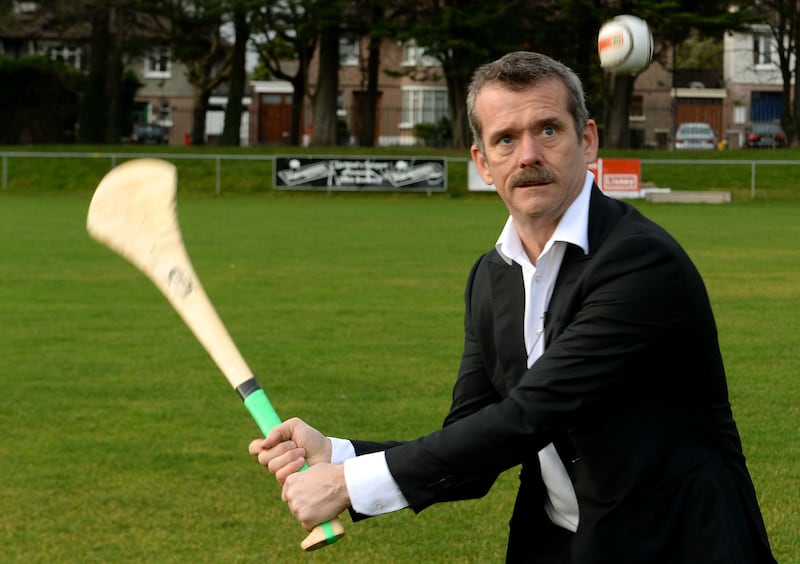
And the most magical? “Spacewalking is the most intensely personal experience with the universe I ever had. The whole world is right there and there’s no impediments. It’s as visceral as it gets.”
My daughters asked me to ask Hadfield whether there is life on any other planets besides Earth. “We haven’t found life, but the odds are that there is life. There are 1 and 28 zeros of planets, at least. To think the only place life developed is Earth is arrogant. We are looking for life.”
Some people get fed up with their partners rattling around the house after retirement, but neither Hadfield nor his wife Helene appear to be retiring types. One of the standout lines from his first book is about Helene: “A lot of people who meet us remark that it can’t be easy being married to a highly driven, take-charge overachiever ... and I have to confess that it is not – being married to Helene has at times been difficult for me.”
"Even though my body is 60 years old, I feel like a much younger man. So, never say never"
The couple just celebrated their 38th wedding anniversary. Helene, a serial entrepreneur among other things, is completing her fourth degree – this one is in fine art, previously she studied law. “She just qualified for her student discount and her senior discount at the same time,” he laughs.
Her husband is not exactly chilling out in retirement himself. He runs a “little” space company in San Francisco, looking at ways to facilitate cheap flights to the moon and “settle other planets”. He plays music and tours with his own and David Bowie’s band, and that’s not to mention all the TV shows and international speaking engagements. Or his fourth book, which, he says, will be “historical fiction”.
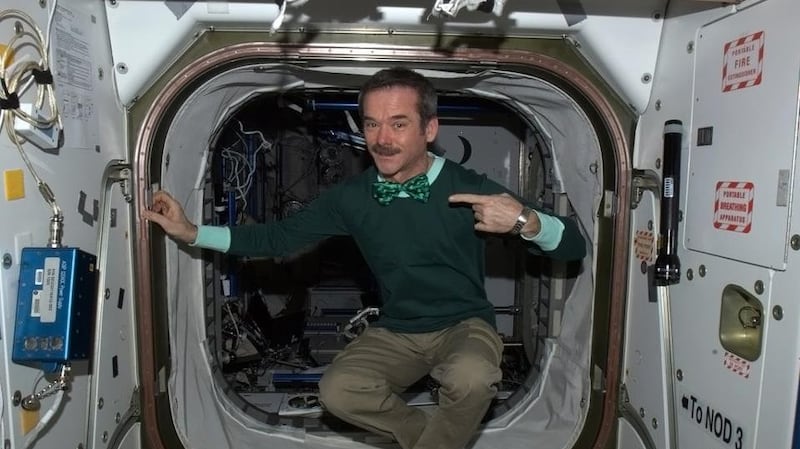
Hadfield undergoes a detailed medical exam each year – “I will do that for life. I’m a lab rat,” he smiles – but the long-term health effects of his time in space are, as yet, unknown. “You soak up a higher radiation dose, so there may be some long-term affects such as glaucoma or cataracts or cancers.” It took about a year and a half on returning from his last mission to get back to his normal baseline health and fitness, including bone density which is affected by space travel.
Does he ever get frustrated that he hasn’t fulfilled his boyhood dream of walking on the moon? “I recognise my incredible good fortune so I am not at all worried about lack of opportunity or accomplishment in my life,” he responds. “But if the opportunity comes along, I would happily start shouldering the burden of building the mission and the spaceships to try and get myself ready and trusted to walk on the moon.”
His 86-year-old dad still flies planes, one of which does aerobatics. On that basis alone, there is much more to come from his exceptional son with the phone-book sized CV.
“I hope it still happens,” says Hadfield of his moon dream. “Even though my body is 60 years old, I feel like a much younger man. So, never say never. Some impossible things have happened already.”

